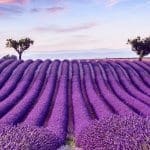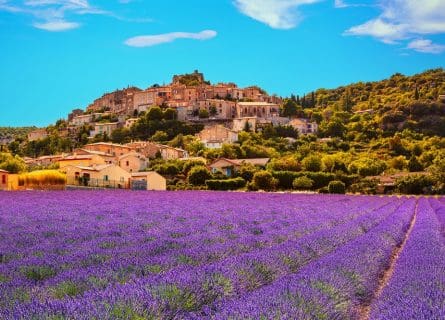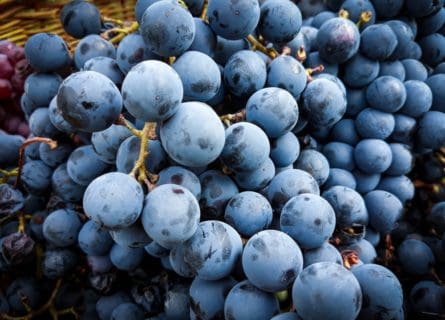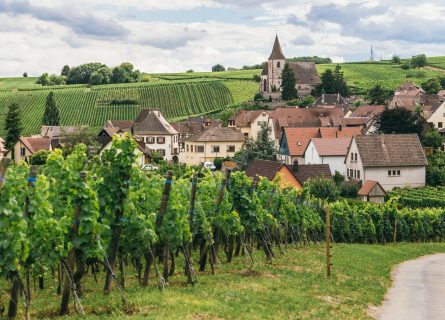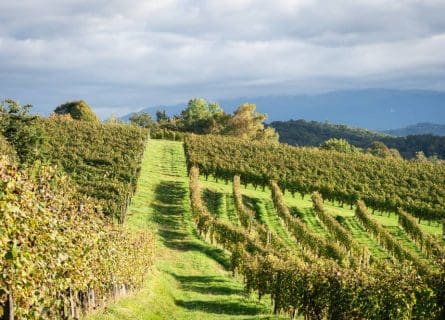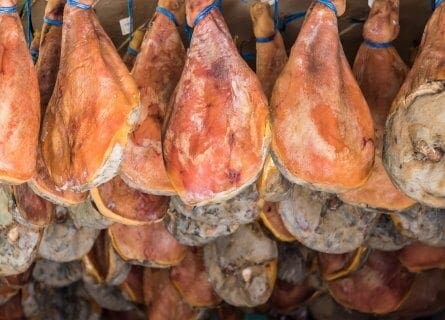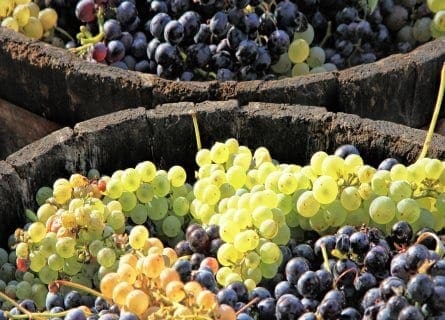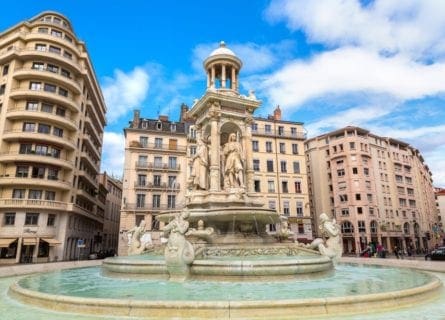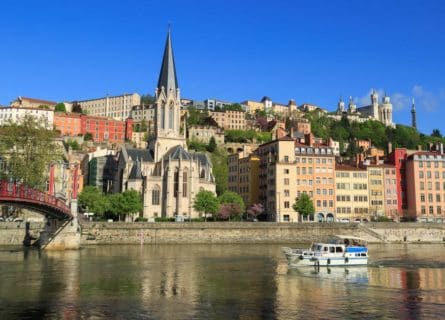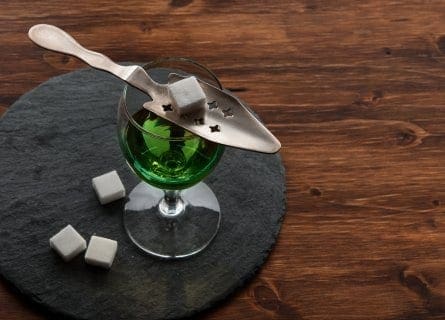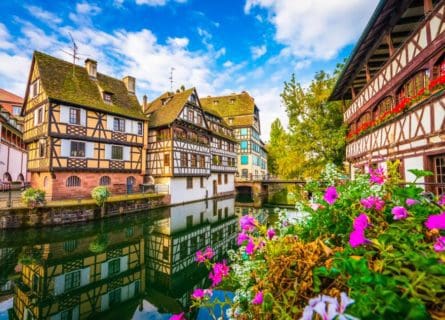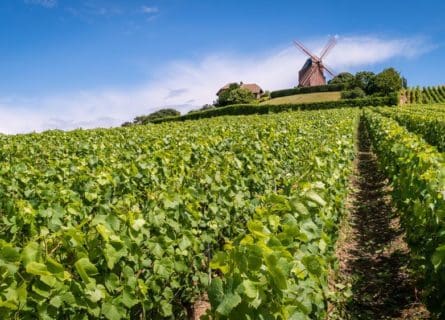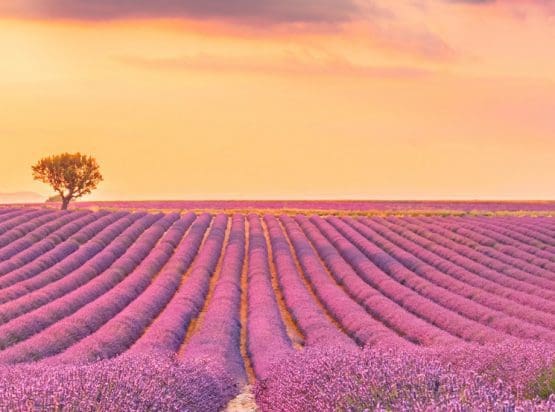
Saint-Rémy de Provence Travel Guide
Discover St. Remy de Provence: Where Ancient History Meets Quintessential Provence Amidst Rolling Vineyards and Olive Groves
At the heart of the Alpilles and ideally situated just 20km south of Avignon, St. Remy de Provence is today considered one of the region’s prettiest villages. Its location alone is enough to draw the crowds: spectacularly situated among picture-perfect rolling hills of vineyards, olive groves, and orchards, St Remy de Provence offers the quintessential Provencal experience.
According to local historians, St Remy de Provence’s first inhabitants were Celtic tribes, who settled around the sixth century BC. However, during the Roman conquest of Gaul (France), St Remy de Provence was a strategic Roman settlement known as Glanum by the Roman soldiers. During the reign of Emperor Augustus Caesar, Glanum was awarded the rank of Colonia and soon became one of the most important Roman outposts in southern France. People flocked to Glanum from the surrounding rural villages, attracted by the town’s growing wealth and prosperity – the settlement soon transformed from a small village into a thriving town.
Over the next two centuries, St Remy de Provence or Glanum enjoyed a golden age, resulting in a significant transformation of the town’s architecture, as it was forced to expand to accommodate the ever-growing population. Unfortunately, this prosperity was not to last, and following the collapse of the Western Roman Empire, St Remy was abandoned. In the 5th century, Visigoth tribes from northern Europe attacked Roman settlements in Provence, taking control of the region for over two centuries. Despite many years of determining Western Europe’s fate, the Romans were ousted for good.
During this turbulent period, St Remy de Provence faded into obscurity. The Romans and St. Remy’s citizens undoubtedly abandoned the town to its fate following the Visigoth invasion of Provence. But, we know that the “modern” town of St Remy de Provence was founded in the 6th century, existing under the Abbey St-Rémi de Rheims’ protection and jurisdiction.
After its heyday during the Gallo-Roman era, St Remy was a pale shadow of its former self, yet the town grew in size once again under the Catholic Church’s auspices, which had a strong foothold in Provence during this time. In the 12th century, this part of Provence was ruled as the Principality of Orange, a feudal state in Provence that was created by the Holy Roman Emperor, Frederick I.
Subsequently, St Remy de Provence and other villages and towns in the surrounding area came under Dutch King William I’s control when he inherited the title of Prince of Orange from his cousin in 1544. During the 16th century, the town gave birth to its most famous resident – Nostradamus. Born in 1503, the renowned Physician and seer ‘predicted,’ among other things, the French Revolution and the outbreak of the 1st and 2nd World Wars.
This part of Provence remained an independent territory within France until the late 17th century when it was finally captured by King Louis XIV’s forces in 1682. The subsequent Treaty of Utrecht, signed in 1713, formally ended the Franco-Dutch War and returned all captured territories to the French. The outbreak of the French Revolution in 1789 saw St Remy de Provence absorbed into the department (region) of Vaucluse, in which it remains today.
In the 19th century, St Remy de Provence received its most famous visitor – the artist Vincent Van Gogh. In 1889, he checked into an asylum close to the center, based in St Paul de Mausole monastery. But, his precarious mental health notwithstanding, Van Gogh painted over 100 canvases during his stay, including the legendary ‘Live Grove’ and ‘Starry Night.’
During the 20th century, Provence mainly remained unaffected by the outbreak of the 1st World War. However, the Second World War saw the region fall under the control of the brutal Vichy regime. Essentially a French puppet government of the Nazis, the anti-Semitic Vichy government, was very efficient in rounding up French Jews for deportation to the Nazi death camps.
Today, St Remy de Provence remains one of the region’s most popular destinations, much favored by style-conscious Parisians, who view the town as one of Provence’s less tourist-riddled hideaways. Its charming center, full of narrow medieval alleyways, fountains, and shady squares, is so picturesque it defies belief, the atmosphere at night capturing the quintessential Provencal joie de vivre. Moreover, St Remy continues to enjoy its privileged status as an artistic epicenter; many thriving artists – glassmakers, painters, and sculptors – live in the area and sell their wares in the town’s numerous art galleries. Truly. St Remy de Provence is a magical destination par excellence.
-
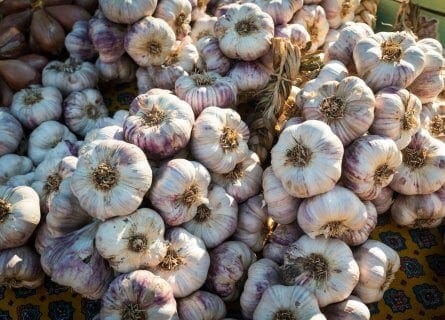
Pink Garlic Gastronomy & Wine
The Provence Region is simply a foodie paradise; fresh olives, rose wine, oysters, sea bass, pink garlic, colorful fresh peppers, Carmargue lamb, tomatoes, eggplants, courgettes, and asparagus are all up for grabs. Seasonality is everything to a Provencal chef, meaning that you’re guaranteed that whatever you order will be impeccably fresh, locally sourced, and utterly delicious.
St Remy de Provence offers a plethora of excellent restaurants – the city center, particularly the lively Boulevard Victor Hugo, buzzes with diners in the summer months, enjoying alfresco Provencal food and drink at its finest. One of our favorites is L’Aile ou la Cuisse, situated on Rue de la Commune. It serves excellent local dishes in a buzzy, bistro-style setting with friendly staff.
The wine list is similarly excellent. But for a more refined, formal experience, head to Restaurant de Tourrel on Rue Carnot. Boasting a Michelin star, maestro chef Matthias Schütz runs the restaurant. His cooking is exemplary. Also, foodies will love the Wednesday market, full of tempting delicacies, including local wines, cheeses, and other delectable foodstuffs.
On your doorstep is the southern Rhone Valley, one of France’s most beautiful wine regions. The southern Rhone’s Mediterranean climate ripens Grenache to perfection, giving wines of real concentration and style. The most important quality region is Chateauneuf du Pape, which can potentially incorporate 13 red varieties in the blend, a number of them white. Syrah and Mourvedre are also vital components in this iconic wine; the best examples are robust, heady, and exotic. Other prestigious appellations include Gigondas, Vacqueyras, and Cotes du Rhone-Villages, all of which will appear in abundance in local restaurants. You must do as the Provencal community does – eat and drink local!
A Gastronomic Guide to Provençal Cusine: Read more
Nearby Wine Regions
-
 Explore the enchanting Provence wine region and discover the symphony of sights, aromas, and timeless wines it offers. Read more
Explore the enchanting Provence wine region and discover the symphony of sights, aromas, and timeless wines it offers. Read more -
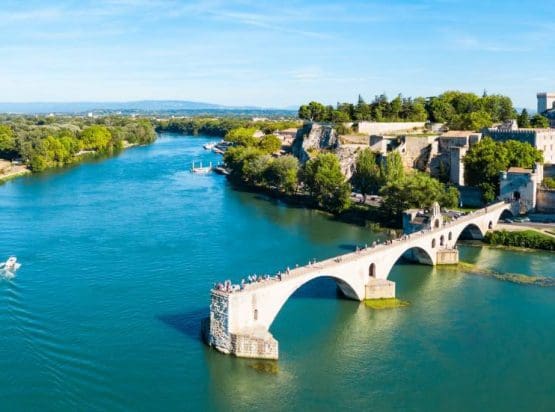 Tour Rhône Valley for prestigious wines & culinary delights, from Côte Rôtie's charm to Hermitage's grandeur. Plan your trip! Read more
Tour Rhône Valley for prestigious wines & culinary delights, from Côte Rôtie's charm to Hermitage's grandeur. Plan your trip! Read more
Highlights
-
Musee des Alpilles
One of Provence’s finest art museums, the Musee des Alpilles, houses an impressive collection of 20th-century art. Located in a gorgeous Renaissance building with a lovely interior courtyard, visitors need at least one day to appreciate everything the museum can offer. Highlights include the work of Cubist painter Albert Gleizes, and an interactive guide to the work of Van Gough, which uses audio-visual aids, letters, photographs, and other documents.
-
Collegiale Saint Martin
St Remy de Provence’s delightful church, the Collegiale St Martin, was built in 1821, designed in the neo-classical style. However, its original foundations date back to the 14th century. In the summer months, it hosts a wonderful organ festival of music. Well worth a visit.
Recommended for you
More information
If you would like us to customize an exclusive luxury tour, contact us and let us know your travel plans. We offer luxury food and wine tours for private groups of a minimum two guests. In addition, all of our private, chauffeured tours are available year-round upon request.

